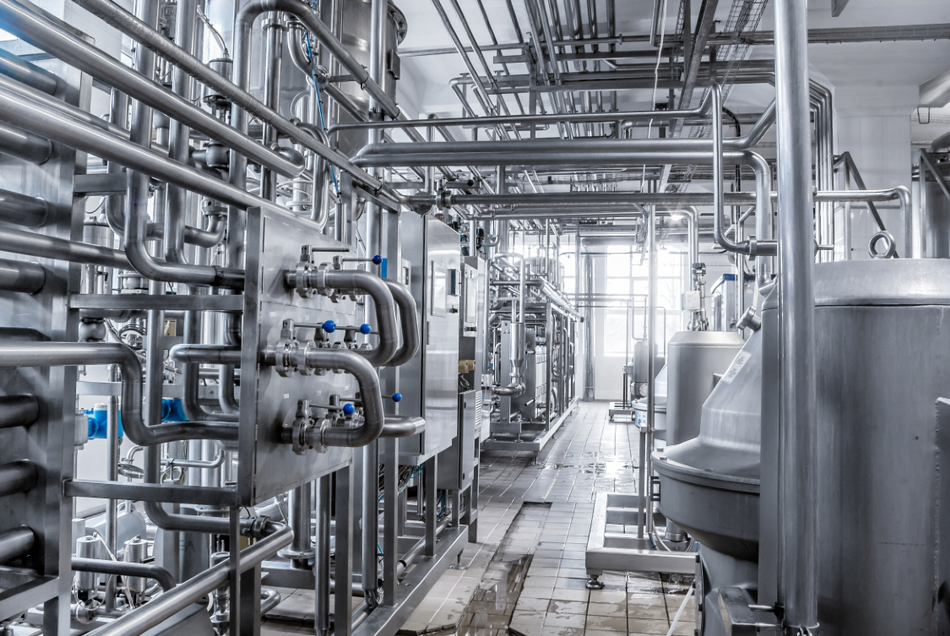Stainless steel is a hugely popular structural material because of its special combination of characteristics which are weldability & formability, high strength, fire resistance, corrosion resistance, ductility, good bending & torsional properties with the capacity to withstand constant temperature variations.

Image Credit: Shutterstock/Super8
- The square tube range extends up to a massive 250 mm square
- The standard lengths are 6 meters, backed by a full cut to length service
- For production orders, special lengths can be supplied to meet specific project
- Rectangular sizes up to 300 mm x 200 mm are also available
- Other sizes up to 300 x 300 x 12.5 mm and 400 x 200 x 12.5 mm are available to order
- The stock covers Grades 304 and 316
- All items are available from stock in descaled finish. Surface polishing can be arranged on request
Requirements
The supplier has been carefully chosen and vetted to ensure that Aalco customers are confident of high quality products at competitive prices. The tubes are manufactured utilizing state of the art production technology, in some of the largest mills in the world. The continuous process feeds strip into roll-forming followed by longitudinal welding using either the TIG or TIG/Plasma process followed by Eddy-Current weld integrity verification.
The welded joint is located in the center of the narrower face. Complementing this range are many other Stainless Steel products used in structural applications including:
- Sheet & Plate
- Round tube up to 100 mm (4”) diameter and 3 mm wall
- Flat & Angle Bar
- Welded Mesh
- Handrail Section Tube
Tolerances
| |
Dimensions |
Tolerances |
| External Dimensions |
< 100 mm
100 mm to 200 mm
>200 mm to 400 mm |
+ or – 1%
+ or – 0.8%
+ or – 0.6% |
| Thickness |
< 5 mm
5 mm and over |
+ or – 10%
+ or – 0.5 mm |
| Squareness |
All |
90º + or – 1º |
| Straightness |
All |
Max deviation 0.15% |
| Twist |
All |
2 mm+0.5 mm/m |
Side Convexity x 1
Side Concavity x 2 |
All |
Max 0.8% / Min 0.5% |
| External Corner Radius |
Thickness (t) up to 6 mm
Thickness (t) over 6 mm |
(1.6 – 2.4) t
(2.4 – 3.6) t |
Application Examples
| . |
. |
. |
| Architecture, Building & Construction |
Offshore engineering |
Food, Beverage & Process Plant |
| Heavy Engineering & Machinery |
Drying Plant |
Beer Bottling Machines |
| Paper Making Machinery |
Load-Bearing Structures |
Packaging Machinery |
| Catwalks |
Facades |
Railways & Underground Railways |
| Bus & Coach Chassis |
Acoustic Structures |
Mining |

This information has been sourced, reviewed and adapted from materials provided by Aalco - Ferrous and Non-Ferrous Metals Stockist.
For more information on this source, please visit Aalco - Ferrous and Non-Ferrous Metals Stockist.